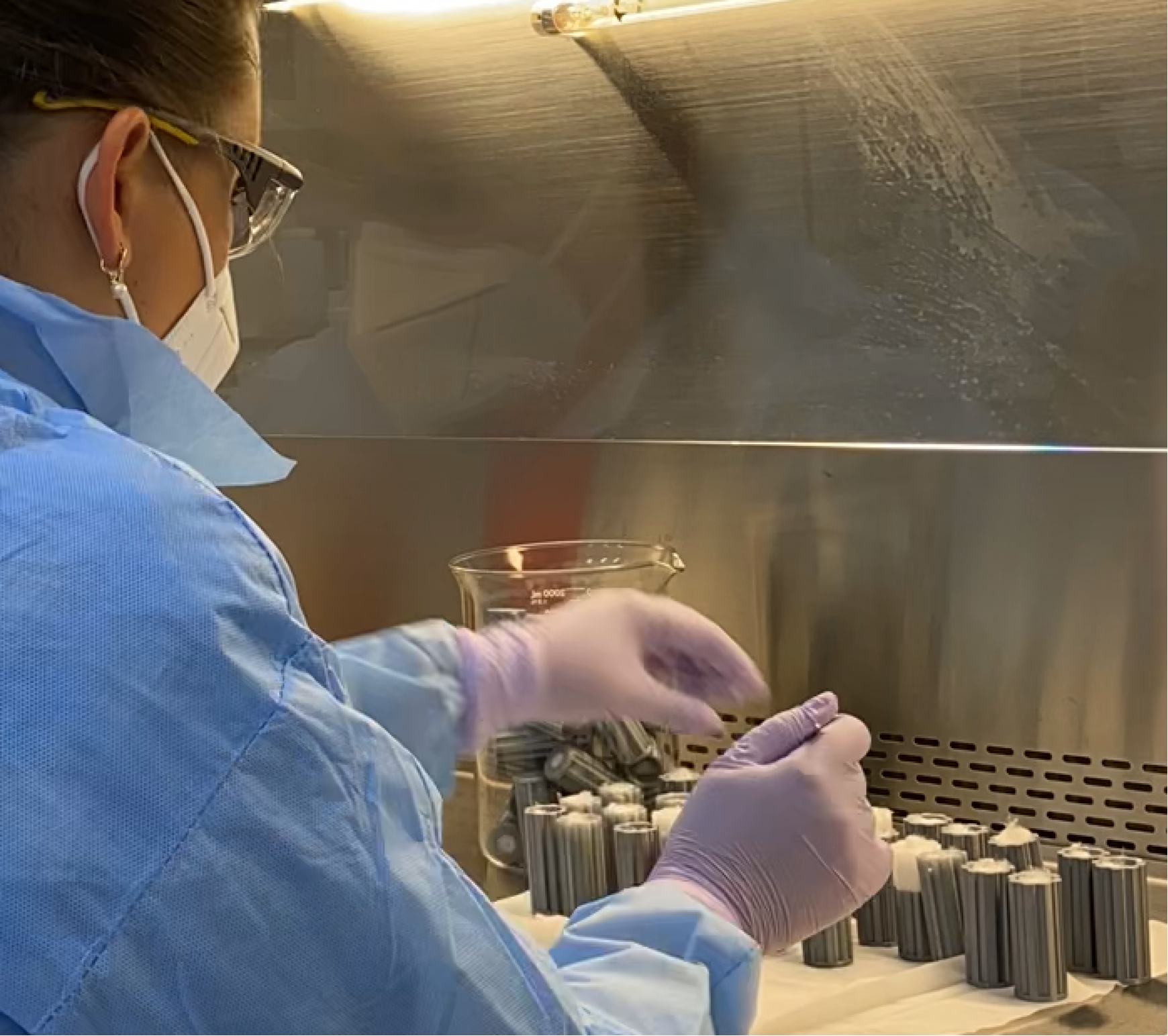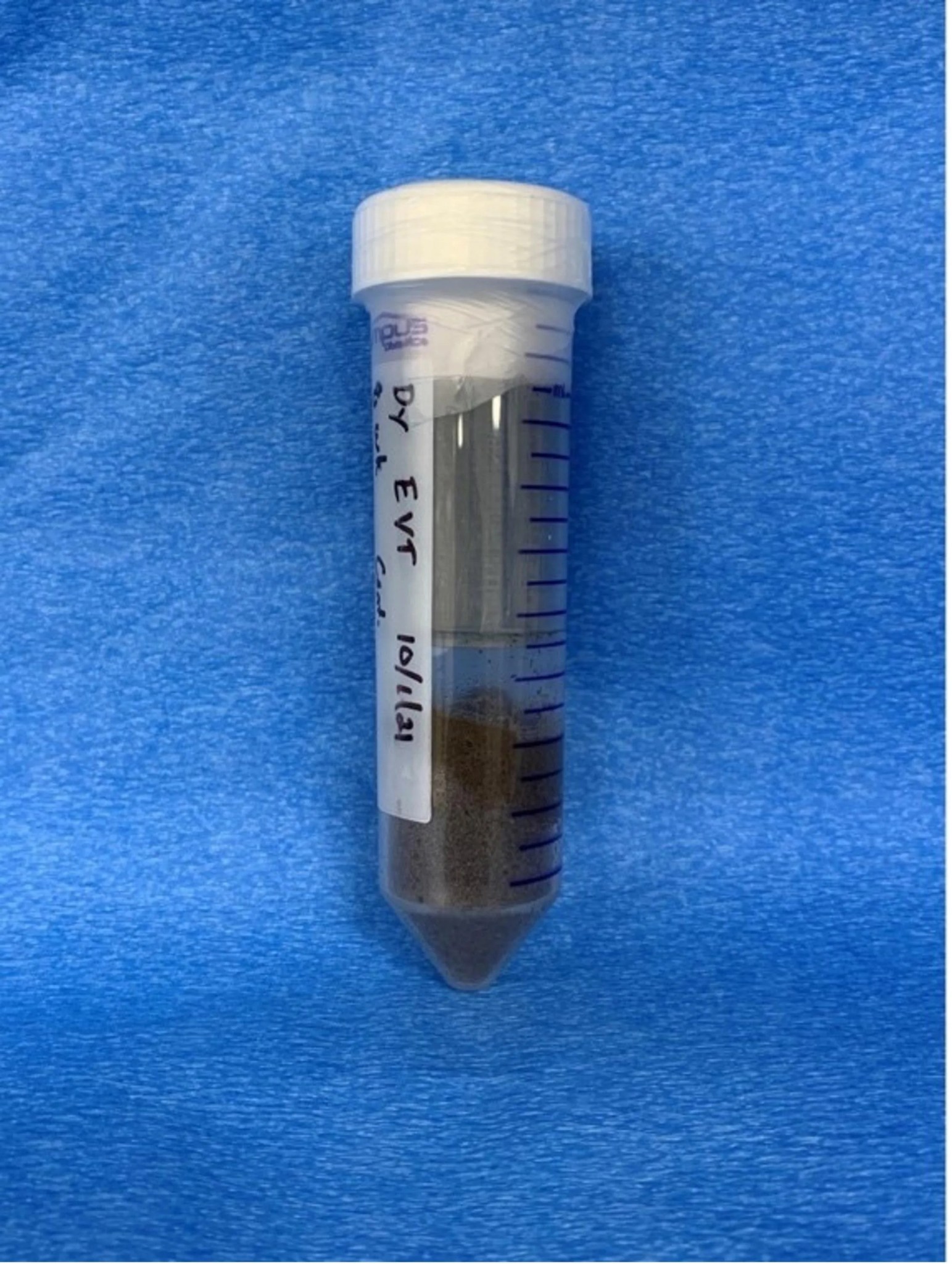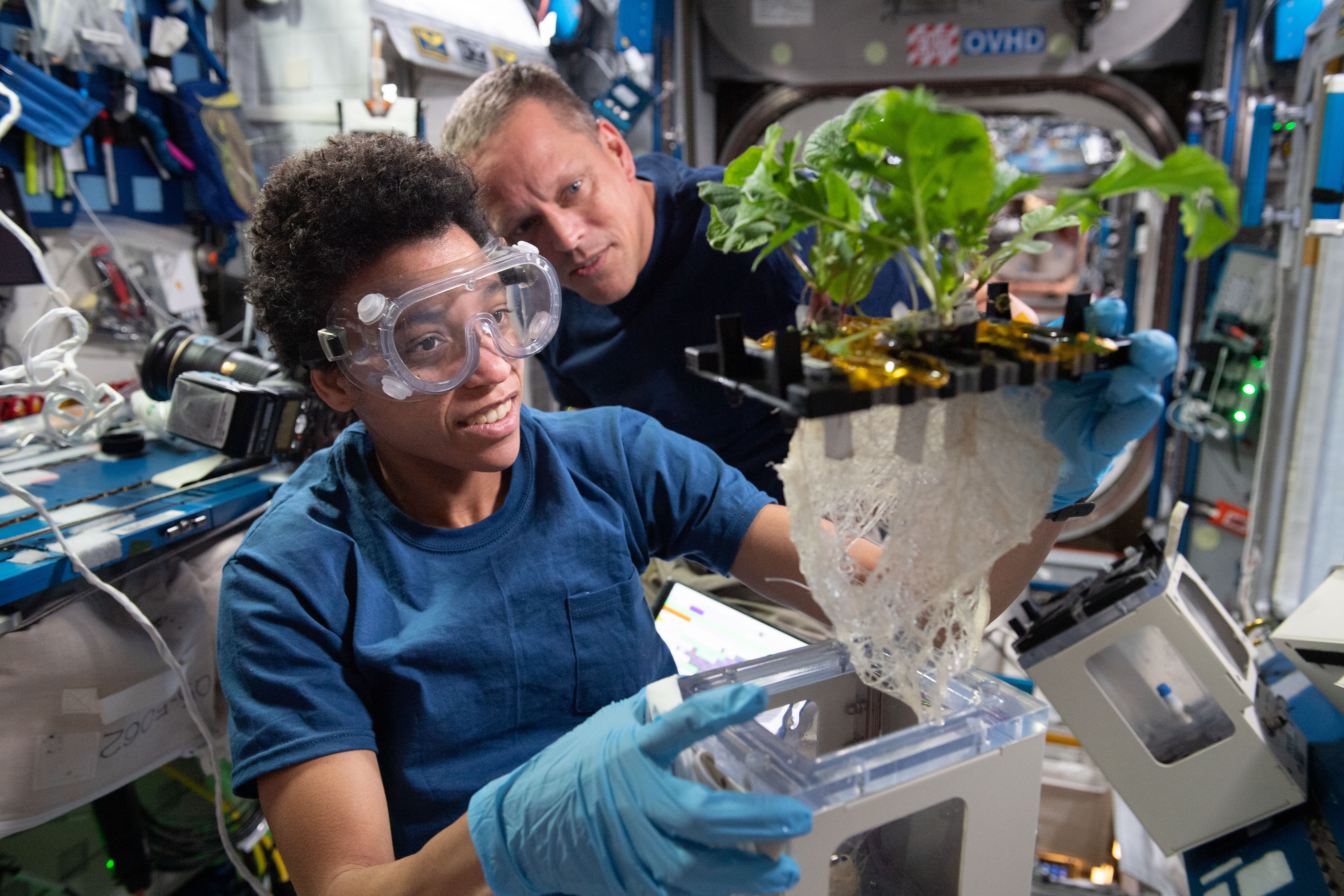
In space, it’s not as easy as taking a convenient trip to the grocery store and having a wide variety of nutritious options to choose from in order to prepare a well-balanced meal. To thrive in deep space, it’s essential for astronauts to have access to nutrient-rich foods. Currently, they take most of what they need to consume with them from Earth. However, as missions grow longer and take humans farther away from Earth’s surface, it will be important for the crew to reliably grow plants in altered microgravity conditions to help supplement their diet and to create a pleasing environment that reminds them of home.
When SpaceX’s 25th cargo resupply mission for NASA (SpX-25) launches to the International Space Station, the cargo Dragon spacecraft will be carrying an important space biology investigation that has the potential to change how we grow and maintain crops both in space and here on Earth.
Nature’s Tiny but Crucial Recyclers
The Dynamics of Microbiomes in Space (DynaMoS) experiment revolves around studying microscopic organisms that we currently have very little knowledge of. The earliest signs of life forms on Earth first appeared over three billion years ago. These microorganisms, or microbes, eventually became the precursors to all life that thrives on this planet today. Since they first emerged, microbes have evolved drastically to utilize the resources that are available to them, and soil is one of the most complex habitats consisting of diverse microbial life.
Soil microbes are essential for cycling carbon and other nutrients to support plant growth, which is critical for supporting all life.
Growing crops anywhere has its challenges. Aside from unpredictable weather, one of the many issues that farmers face on Earth is balancing carbon sequestration in soil — meaning they need to ensure that the soil has the right amount of carbon to produce a successful harvest. Soil conservation is essential for farmers since it focuses on replacing the nutrients lost in the soil from growing crops (such as corn) which strips the soil of nutrients. In order to replace what has been lost by farming, farmers must find ways to replace the carbon in order to successfully grow their next round of crops.
The same practice of balancing the right amount of carbon in soil to create proper plant growth conditions also applies in space.
The Next Frontier for Agriculture
Ensuring that plant growth can be reliable and sustainable is an important part of space exploration, which is why researching the microorganism communities within the soil is a fundamental step towards thriving in deep space. DynaMoS will examine how microgravity and other factors affects metabolic interactions in communities of soil microbes. This investigation will focus on the soil microorganism communities that decompose chitin, the second most abundant carbon polymer on Earth.
“Farmers on Earth face challenges with weather changes, balancing carbon levels in soil, and other unpredictable forces, but growing crops in space is a whole different playing field,” explains Dr. Mamta Patel Nagaraja, deputy program scientist for space biology for NASA’s Biological and Physical Sciences (BPS) division. “One factor that is key is understanding how soil microbes perform and function in microgravity since they heavily affect the carbon and nutrient levels. Understanding the behavior of these microbes in spaceflight has the potential to improve agricultural production for long duration space travel, including to other planets, and of course, farming right here on Earth.”
The results of this research could potentially improve our limited understanding of the function of soil microorganism communities in space while also optimizing these communities to better support agricultural production on Earth. Additionally, the results could help support the design of future space gardens that will rely on the natural processes carried out by soil microorganisms, paving the way for future space exploration missions and for future space farmers.
About BPS
NASA’s Biological and Physical Sciences Division pioneers scientific discovery and enables exploration by using space environments to conduct investigations not possible on Earth. Studying biological and physical phenomenon under extreme conditions allows researchers to advance the fundamental scientific knowledge required to go farther and stay longer in space, while also benefitting life on Earth.



































